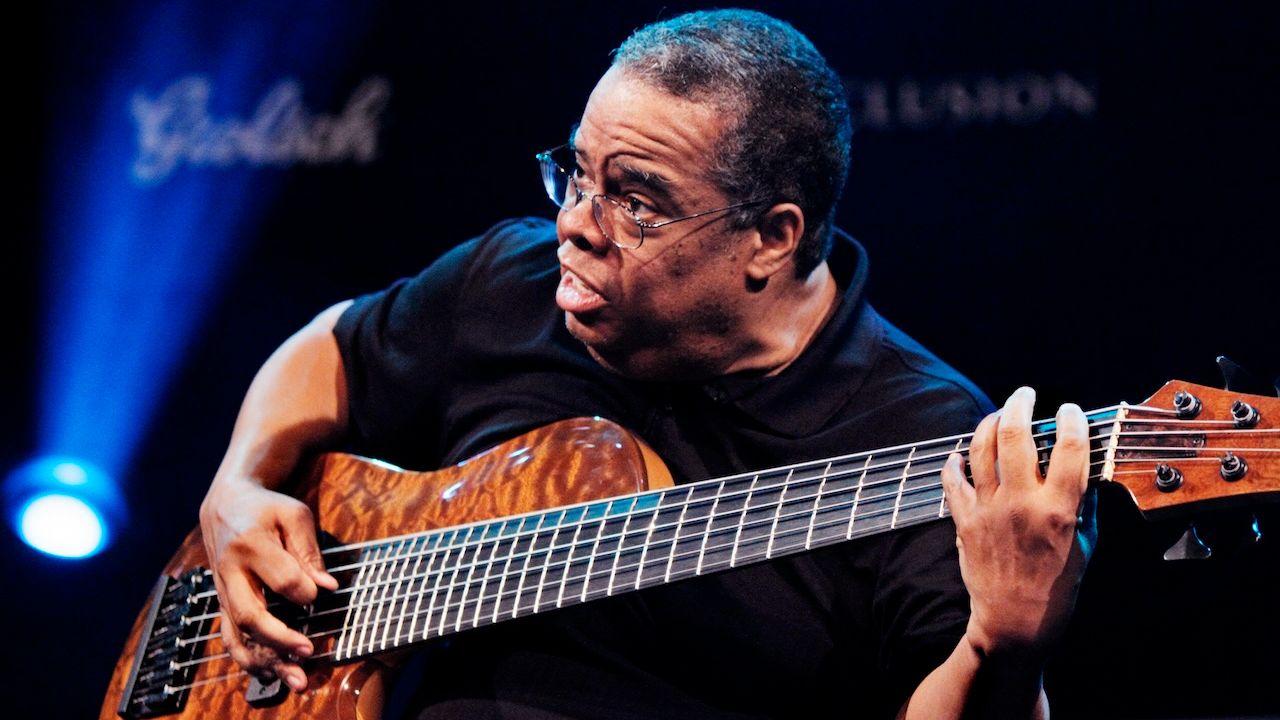“Elevating its feature set for professional recording and production situations”: Blackstar’s Polar 4 pitches for the pro player by supersizing the guitar-focused audio interface
The amp firm’s latest guitarist-centric interface offers a wealth of connectivity while continuing to wage war on digital clipping
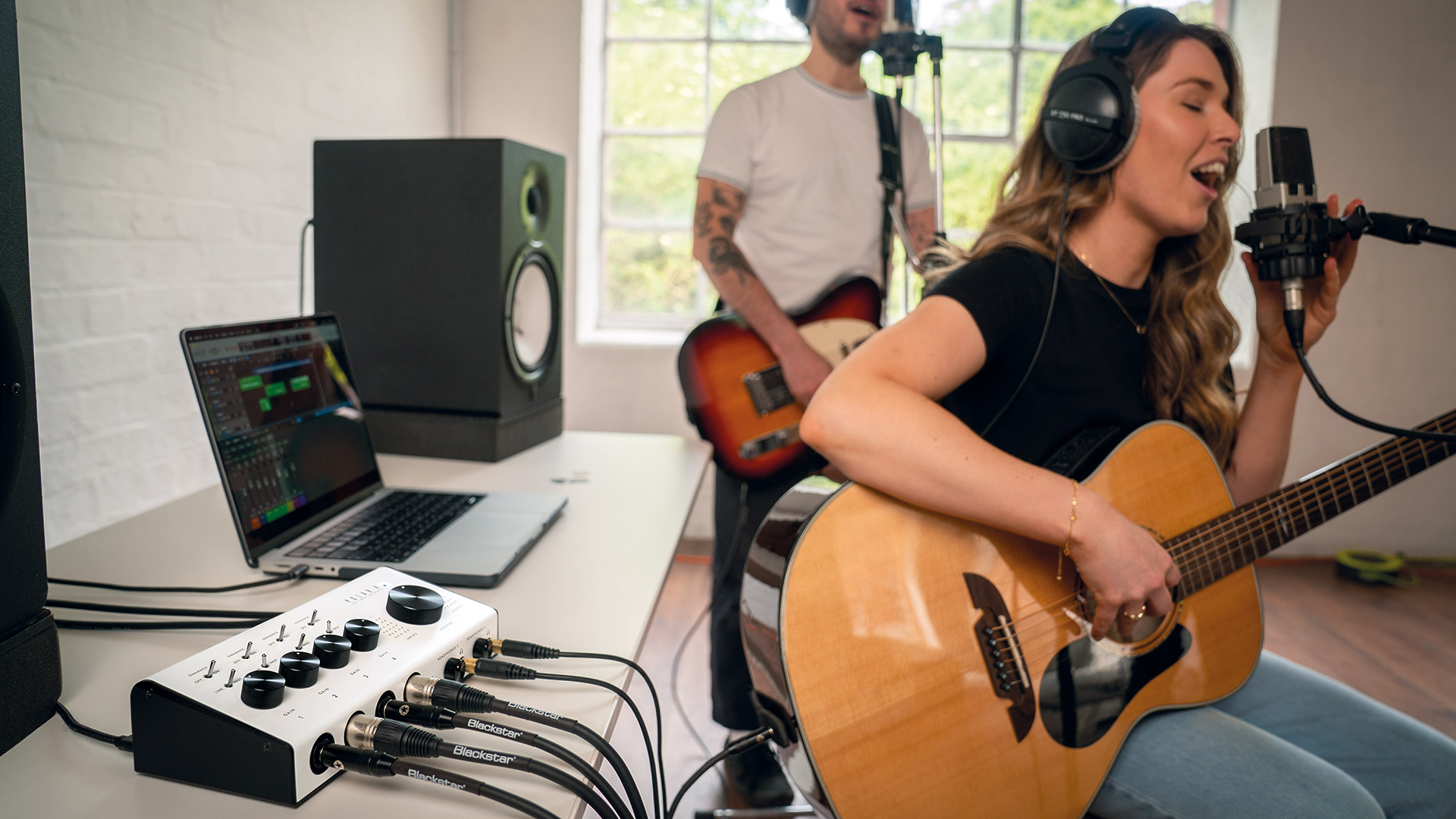
Blackstar has unveiled the latest iteration of its audio interface for guitarists, the Polar 4, which expands on the recently announced Polar 2 with new MIDI connectivity and up to four instrument inputs.
The Polar 2 was only unveiled in early July, but caused a stir among players with its promises to address what Blackstar outlined as the three key weaknesses of the audio interface market for guitarists, namely: ease of use, setting guitar input levels and poor feel/response.
As such, the channels featured independent gain controls and ‘Enhance’ switches, with the latter intended to emulate the feel of playing through a real amp when recording into a DAW.

In addition, the use of FET instrument inputs means the Polar interfaces should offer high headroom with a low noise floor and the manufacturer also promised that, with the Enhance circuit engaged, players would not have to worry about digital clipping, thanks to its amp-like response.
Now, a month on, the firm has added the Polar 4 to the line-up, “elevating its feature set for professional recording and production situations”.
In practise, this means does all of the above, but gives you an additional two instrument inputs and outputs, plus MIDI connectivity and two headphone outputs (opening up your monitoring options).
As with the Polar 2, all four instrument channels have independent gain controls, with combined jack/XLR inputs, instrument/line switches and the enhance circuit available on all channels. There’s also a phantom power switch.
All the latest guitar news, interviews, lessons, reviews, deals and more, direct to your inbox!
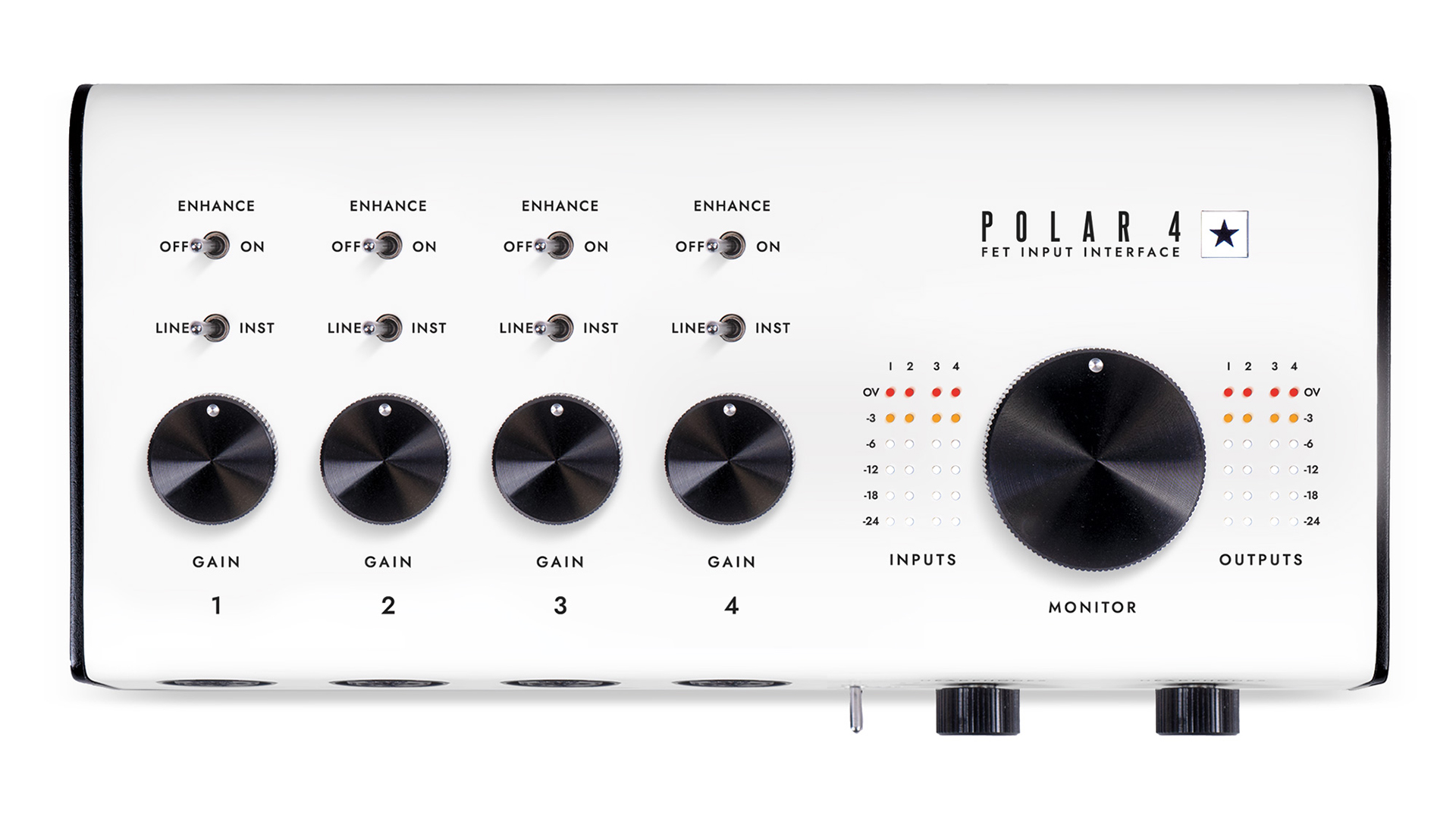
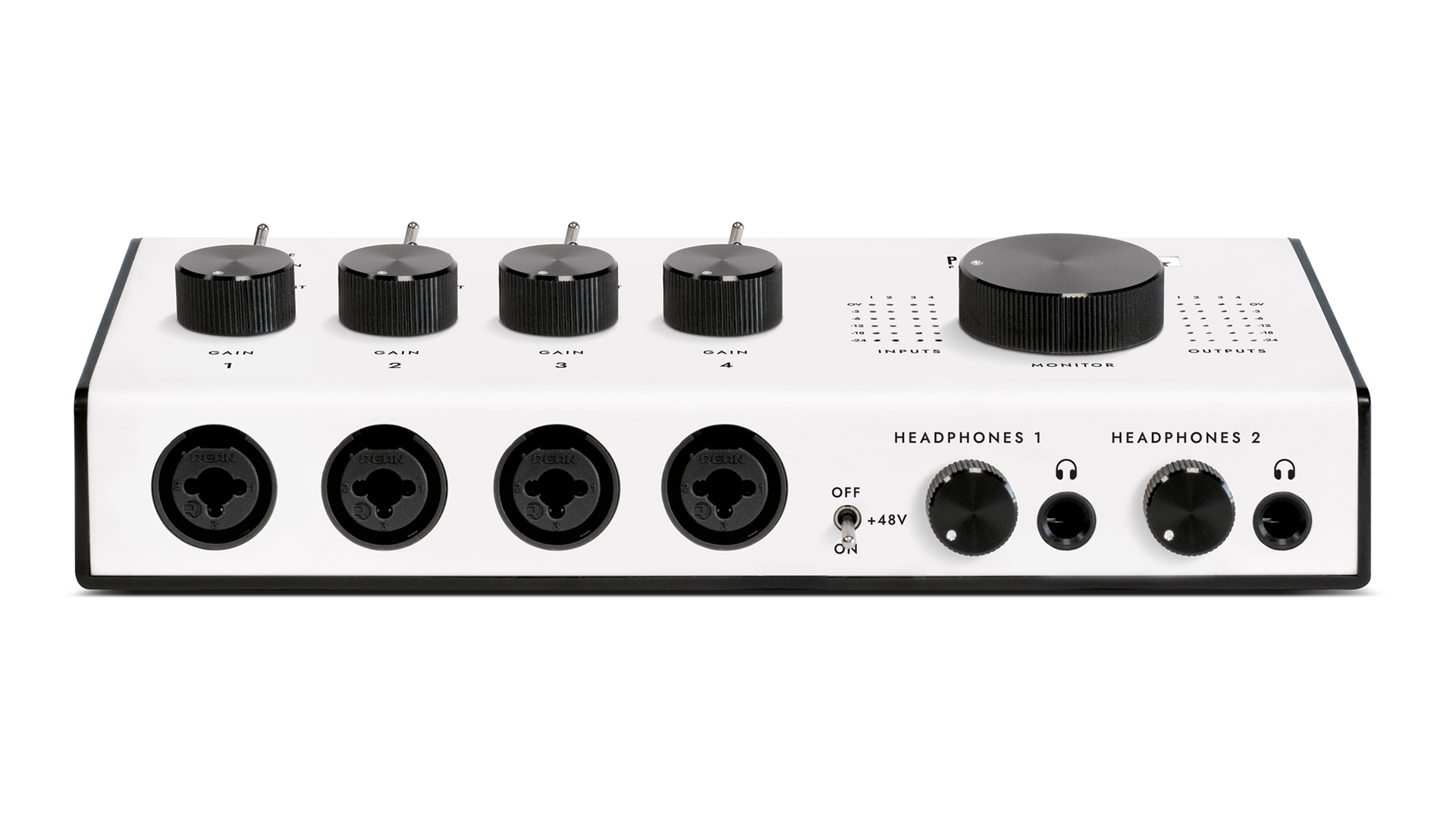
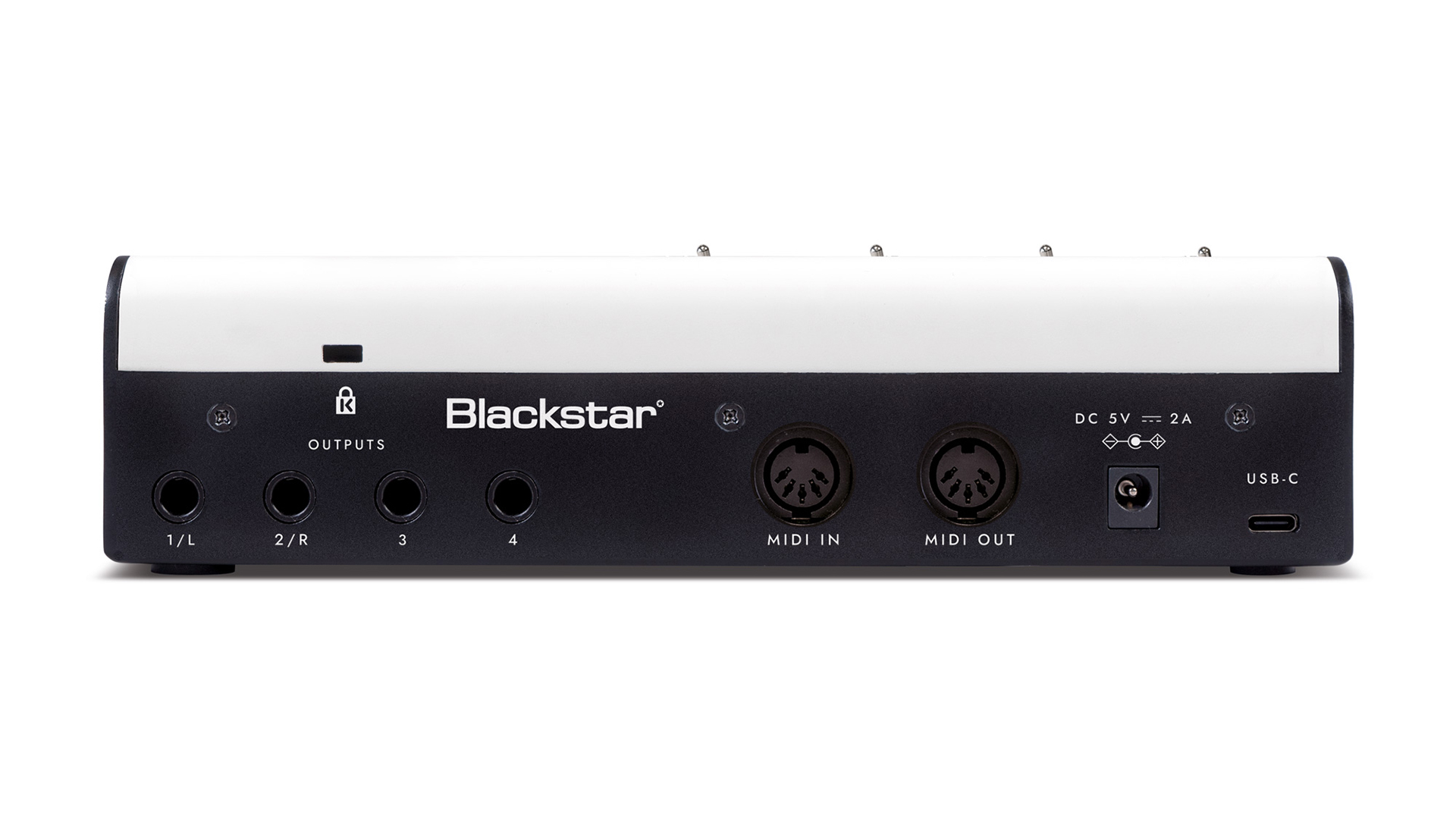
Then there’s that distinctive chunky monitor dial, surrounded by LED input and output indicators, while on the rear there are now an additional two outputs, alongside the MIDI I/O.
The recording quality remains the same across the two units, with 24-bit/192 kHz A/D conversion.
So what does that extra connectivity cost you? The Polar 4 comes in at a street price of $379.99, which means it’s getting on for nearly double that of the Polar 2 ($199.99).
For comparison, the Polar 2 matched the price of the industry-leading Focusrite Scarlett 2i2, but the Polar 4 comes in a little higher than its rival, the MIDI-capable Scarlett 4i4 ($279.99). However, it offers more physical controls and four XLR/line inputs with mic pres (as opposed to two, with two line inputs on the 4i4).
For more information on the Polar 4, head to Blackstar.

Matt is Deputy Editor for GuitarWorld.com. Before that he spent 10 years as a freelance music journalist, interviewing artists for the likes of Total Guitar, Guitarist, Guitar World, MusicRadar, NME.com, DJ Mag and Electronic Sound. In 2020, he launched CreativeMoney.co.uk, which aims to share the ideas that make creative lifestyles more sustainable. He plays guitar, but should not be allowed near your delay pedals.
